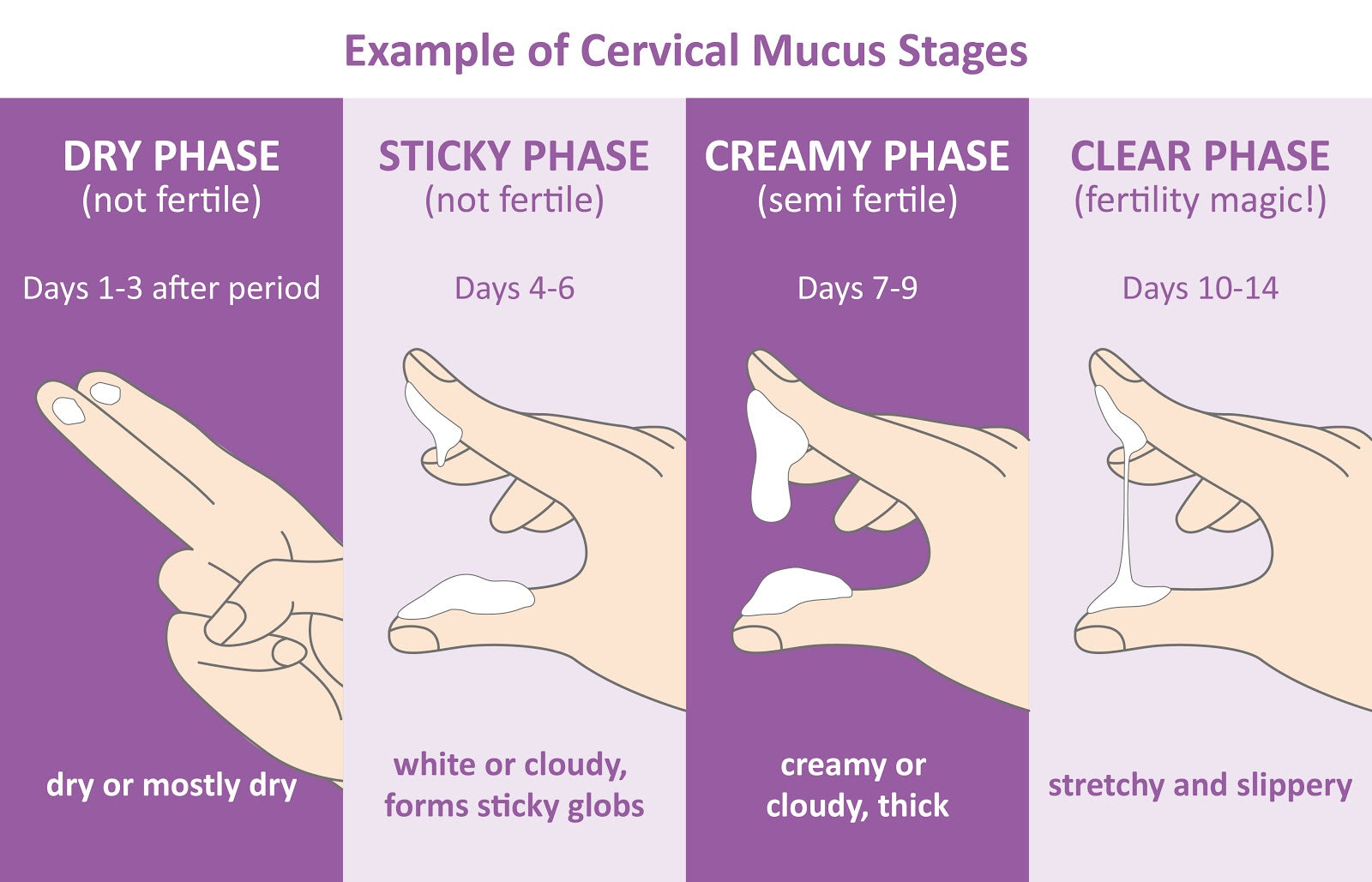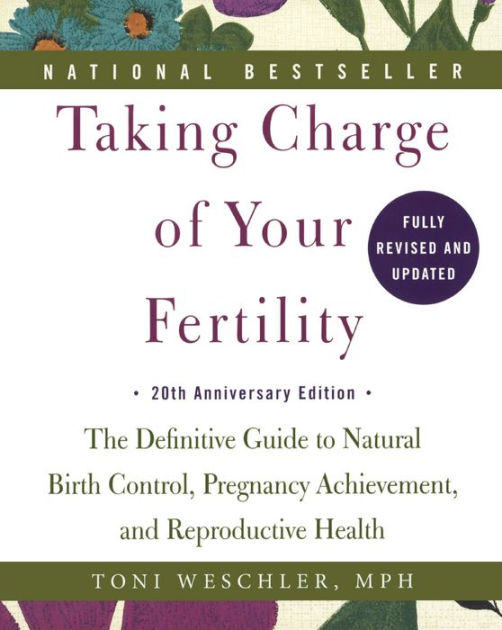Birth Control, Hold the Side Effects: Exploring the Fertility Awareness Method

Imagine a birth control option with no side effects. Like ZERO. That means no weight changes, no mood swings, no skin problems.
No decrease in sex drive, no digestive issues, no horrendous heavy periods.

Also– no risk of blood clots, uterine perforation, or ovarian cysts.
Could it be??
If you’re not familiar with the Fertility Awareness Method (FAM), you’re probably pretty skeptical right now. Or, when I say “natural birth control”, you think of the rhythm method and assume it’s totally unreliable.
Well, let me blow your mind folks- when used correctly, FAM is 95% effective at preventing pregnancy! For comparison’s sake, condoms and oral contraceptives like the Pill come in at 98 and 99%, respectively.
What’s more, take a look at the success rates for *typical* use of these methods:
FAM: 86%
Pill: 92%
Condoms: 85%
Interesting numbers, right?
So whether you’ve never heard of FAM before, or just aren’t convinced that it can really work, keep reading and we’ll learn about birth control that:
-Has zero side effects
-Allows you to get in tune with how *your* body works
-Is basically freeeee!
What is the Fertility Awareness Method?
The fertility awareness based method encompasses a combination of practices used to determine when a woman will be able to get pregnant. This allows her to optimize that window if she is trying for a baby, or avoid sex/ use backup contraception if she wants to avoid pregnancy. Those who use it track a few key signs of fertility each day (more on this later).
What is isn’t? The rhythm method. Here’s the difference- the rhythm method, which is the natural birth control option that most people are familiar with, looks to past cycles to determine when ovulation might occur. With FAM, it is a daily evaluation of what your body is up to. It’s real-time data, not a guess or a prediction based on when a woman ovulated in months past.
This means that even if you have irregular cycles, you can still utilize this natural option!
Tracking Signs
The two most important things to track when using the Fertility Awareness Method are your basal body temperature (BBT) and your cervical fluid. Some women choose to check the position of their cervix as well, but most sources don’t call this a must-do.
Temperature (aka “temping”)

Basal body temperature is the temperature of your body when it’s at rest. For this reason, most people using FAM will take their temperature immediately when they wake up. What does our temperature have to do with fertility? It actually rises slightly with ovulation- usually only about 0.4 to 1℉- and then falls back to normal (what FAM users call the “coverline”) after a few days.
There are rules with this- it has to be done *right away* when you wake up. Still in bed, no eating or drinking, have that thermometer on your nightstand. Also, temperatures may be unreliable if your sleep was disrupted, you’re sick, or you were drinking the night before.
Please note- that doesn’t mean that you can’t use this method unless you’ve embraced a life of sobriety! It’s just important to note that the temp for that particular morning may be questionable.
Cervical Fluid
The female body is so amazing. I’m constantly in awe. Like many other parts of our menstrual cycle, cervical fluid changes on a consistent basis. It will do the same thing, again and again, each month. Tide rolls in, tide rolls out. Full moon to new. Our bodies have so much to tell us if we listen!!
Thanks for giving me a minute to GUSH- on to the facts!
Cervical fluid is also known as cervical mucus or vaginal discharge. This is TOTALLY normal, healthy, and not at all gross. Actually a quite fascinating process that allows the vagina to be a safe and nurturing place for sperm to be- AKA an absolutely necessary factor in creating new life ( or, you know- not!).

When ovulation is near, cervical fluid increases in quantity and becomes thicker yet slippery- what’s referred to as “egg white” consistency. In cases where a couple is trying to conceive, this helps the sperm travel where it needs to go! Additionally, the vagina is a naturally acidic environment, which sperm don’t do well with. As ovulation approaches, cervical fluid becomes more alkaline so sperm can survive and make it to the egg.
Here is an overview on how your fluid changes throughout your cycle:
Beginning of your cycle: When you have your period, blood will mask any cervical fluid, of course. For many women, the next 4-5 days after their cycle ends are “dry” days.
After your period ends: When cervical fluid appears again, it’s usually not very abundant, and may be characterized as sticky to the touch, or cloudy in appearance.
Before and during ovulation: Many women will notice more cervical fluid. This “fertile” CF is more clear, wet, and has that “egg white” texture.
After ovulation, you likely won’t notice much in the way of cervical fluid until the next cycle.
So I know you’re wondering– how the hell do I CHECK this?
There is a bit of a learning curve here, but trust me- anyone can do it! Here’s a video that tells you just exactly what to do.
I think this is where FAM loses some people. Taking your temp is one thing, but having an intimate knowledge of the quantity and consistency of your own bodily secretions? Scaaarrry!
Personally, I think this is a great opportunity to buck the system and get in touch with your own body. Ladies, it is more than okay for you to touch your vulva/vagina/cervix. Know what’s going on down there! The American College of Obstetricians and Gynecologists refers to the menstrual cycle as the 5th vital sign for women, meaning it’s an incredibly important indicator of our overall health.
Success Stories

There are countless heartwarming stories of couples finally getting pregnant by tracking fertility signs and finding their “fertility window”. However, since my goal here is to present FAM as a totally do-able, medically sound, fact based birth control method, let’s hear some feedback from women who have used it for just that purpose.
“I have been using fertility awareness methods for family planning for about 10 years. In that time, I’ve had three children and four pregnancies. Each pregnancy has been planned and wanted.”
-Molly Snee
“My partner has told me he’s learned so much more about menstruation and ovulation and had it actually humanized. The concepts of pain, overwhelming hormonal emotions, and pleasure were never connected with his sex-ed about women.”
– Veronica W
The FAM has been great for me because it’s enabled me to get to know my body that much better and also has given me a deeper understanding of how my cycles work. I also have much more peace in my life not having to worry about getting pregnant or feeling burdened by the confusion and mystery that surrounded my uterus’ plans for getting me knocked up.
– Jenn Ryan
So you see, the FAM really can be a safe and effective option for birth control. Yes, it requires a bit of education to really get a handle on it, but isn’t a full knowledge of how your body works worth the time spent learning?
Most FAM proponents do suggest that you spend some time working with a fertility awareness instructor before relying completely on this method as your birth control of choice. You can find an instructor near you here: https://www.fertilityawarenessprofessionals.com/find-a-fertility-awareness-educator/.
A great place to get started is reading what seems to me (a relative newbie to all of this) to be the FAM bible: Taking Charge of Your Fertility, by Toni Weshcler.

Do you use FAM? If so, what do you love about it? If not, would you be willing to give it a try? Let me know in the comments!
-Jacki
